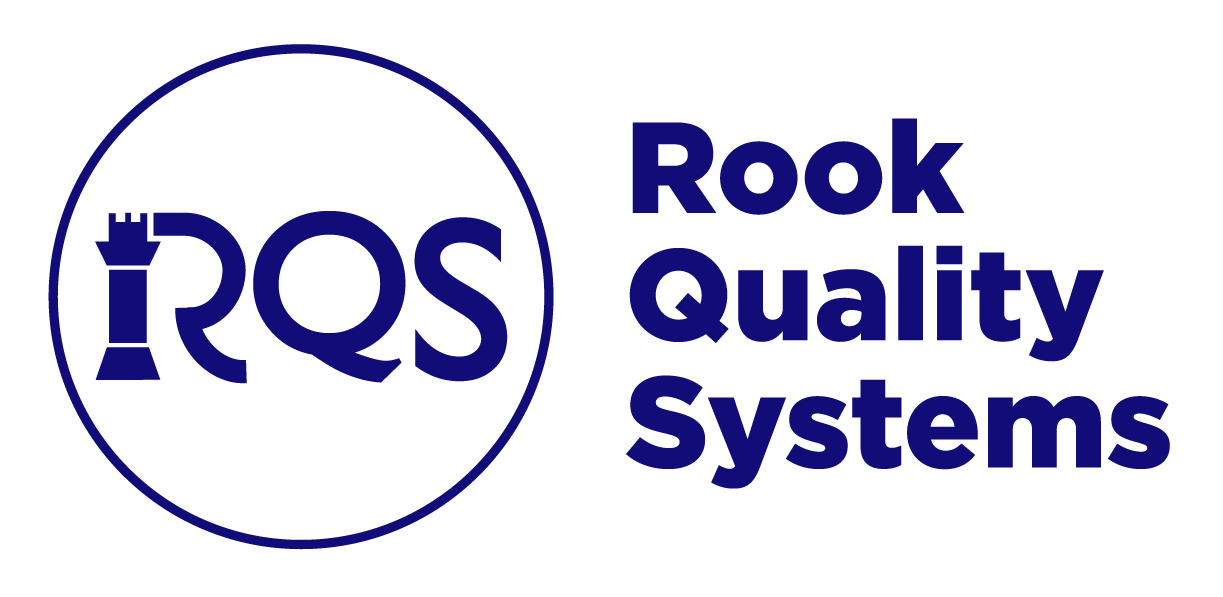APAC (Asia-Pacific) Medical Device Regulatory Landscape
The medical device market in the Asia-Pacific region has been growing year by year, with a 6.8% CAGR [1] due to an increase in the number of healthcare institutions, economic growth in emerging regions, and consistent population growth. Hence, many medical device companies in Europe and the United States are attracted to the Asia-Pacific market. However, different regulatory requirements for each APAC country present quite a challenge for foreign manufacturers to evaluate and determine the risk and benefit of entering APAC countries.
The regulatory strategy for device manufacturers entering the Asia-Pacific market depends on three important factors:
- The time and cost of preparing necessary records and documentation for regulatory submissions
- The cost of review and registration, and
- The opportunity cost in terms of time to complete review of obtaining a medical device license in the country.
If the manufacturer already holds a license for medical devices in Europe, the United States, Canada, and Japan, the medical device licenses from these reference countries typically allow the manufacturer to become eligible for expedited or abridged review, and the cost of review can also be reduced. This approach applies to countries like Singapore, Taiwan, South Korea, and other Southeast Asian countries.
In the Asia-Pacific region, the submission documents of at least five countries follow the IMDRF ToC format, and the process of document production following this format generally yields significantly less overhead for preparing regulatory submissions for different countries. Similarly, in the Southeast Asia region, the submission documents of at least nine member states (or countries) allow using the ASEAN common technical dossier template. We also recommend that manufacturers find a cooperating local representative, as the registration documents usually need to be translated into the official local language.
Taking mainland China as an example, all registration documents and technical documents need to be translated into Simplified Chinese. Manufacturers will need to prepare technical requirement records following the template form NMPA and contract a NMPA-recognized national laboratory in China for the electrical safety testing, assuming an active medical device electrical equipment. NMPA does not accept testing certification from non-NMPA-recognized national laboratories from overseas. NMPA accepts only the sterilization validation reports by overseas third-party laboratories. It is recommended that manufacturers reach out to local representatives 6-9 months in advance before starting the registration process to devise the strategy and timeline for entering this market. The registration cost in mainland China is relatively high (e.g., USD 30,000 for Class II device, and USD 44,000 for Class III device), and the required registration testing and product review fees are relatively high, which is another factor that manufacturers need to consider.
What are the Different Medical Device Classes?
Class I
Class 1 medical devices are low-risk, typically generic devices which are generally subject to the lowest level of regulatory requirements – general controls. These medical devices include devices such as patient scales, restraints, bedpans, manual stethoscopes, and medical screwdivers.
Class II
Class 2 medical devices are medium-risk devices which require additional controls to ensure the safety and effectiveness of the device. These medical devices include devices such as endoscopes, catheters, electronic stethoscopes, diagnostic software, and intravenous tubing sets.
Class III
Class 3 medical devices are high-risk devices which require special controls in addition to the controls necessary for Class I and Class II devices. These medical devices include devices used to sustain life, implants, and any other devices which pose a high-risk. Examples of these devices include pacemakers, breast implants, and cochlear implants.
What is APAC?
APAC stands for the Asia-Pacific region, comprised of many countries that are nearest to the Western Pacific Ocean. This includes most of Eastern & Southern Asia, Oceania, & Australia.
List of APAC Countries / Regions
- Afghanistan
- Australia
- Bangladesh
- Bhutan
- Burma
- Brunei
- Cambodia
- China (including special administrative regions of Hong Kong and Macau)
- Cook Islands
- Federated States of Micronesia
- Fiji
- India
- Indonesia
- Japan
- Kiribati
- Laos
- Malaysia
- Maldives
- Marshall Islands
- Mongolia
- Nepal
- New Caledonia
- New Zealand
- Niue
- North Korea
- Pakistan
- Palau
- Papua New Guinea
- Philippines
- Singapore
- Solomon Islands
- South Korea
- Sri Lanka
- Taiwan
- Thailand
- Timor-Leste
- Tonga
- Tuvalu
- Vanuatu
- Vietnam
In the Asia-Pacific region, Japan is the country where PMDA provide manufacturer a formal pre-submission program, similar to what the US FDA offers. However, the PMDA fee for a 2-hour meeting is approximately USD 10,000. Mainland China provides free consultation hours every Thursday, and manufacturers often need to submit questions and make appointments online. However, this is more informal in nature and there is no binding record of the meeting output.
At present, SaMD products are gradually increasing in the market in the Asia-Pacific region. The preparation of product technical documents and the problems that may be encountered in product registration are gradually being discussed by manufacturers and regulatory authorities. RookQS started to cultivate the relationship with many regulatory authorities in the Asia-Pacific region regarding the SaMD regulations, and we have participated in many policy workshops to share our experiences working with the US FDA for the past decade. RookQS welcomes your inquiries regarding bringing your SaMD to the Asia-Pacific countries, and we would be glad to provide support to streamline this process.
Reference:
- APAC Medical Devices Market Research Report – Segmented By Type, End-User & Country (India, China, Japan, South Korea, Australia, New Zealand, Thailand, Malaysia, Vietnam, Philippines, Indonesia, Singapore and Rest of APAC) – Industry Analysis on Size, Share, Trends, COVID-19 Impact & Growth Forecast | 2022 to 2027, Market Data Forecast, January 2022
